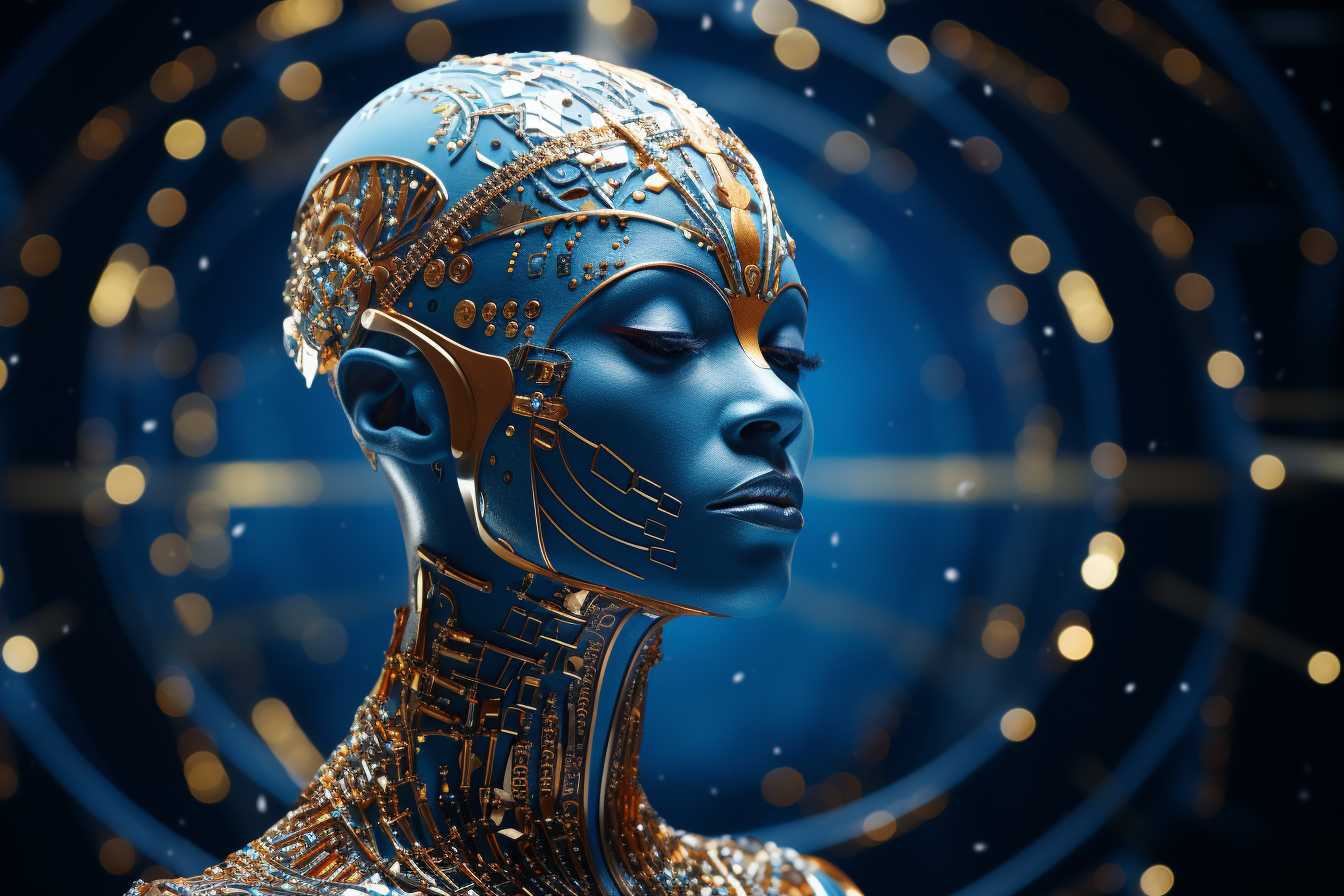share
The Rise, Fall, and Resurgence
In the tumultuous journey of nonfungible tokens (NFTs), the market experienced a meteoric rise in 2021, only to face a significant dip in 2022. The floor prices of NFT projects, especially those centered around digital art, plummeted, leading many to prematurely declare the demise of NFTs. Although sales volumes have shown signs of recovery in 2023, they are yet to reach the peaks witnessed during the previous fervor.
Amidst this rollercoaster, the technology underlying NFTs persevered. Builders, undeterred by the crypto winter, seized the opportunity to develop innovative products and use cases without the frenzied pressure of a bull market. Rarible, an NFT ecosystem, stood out as a beacon of resilience, continuously evolving during the bear market. Comprising the Rarible Protocol, Rarible marketplace, RARI token, Rarible DAO, and RARI Foundation, it anticipates a promising future with the upcoming “layer 3” mainnet, RARI Chain.
A Glimpse into Rarible’s Uniqueness
In a recent episode of The Agenda podcast, Jana Bertram, the head of strategy at RARI Foundation, provided insights into Rarible’s uniqueness and the broader landscape of NFTs. The conversation delved into what sets Rarible apart, its role in fostering sustainability in the NFT market, and the diverse applications of nonfungible tokens.
Solving NFTs’ Branding Issue
Challenges and Criticisms
NFTs, despite their popularity, have faced branding challenges, both in mainstream and crypto circles. The perception of NFTs as mere speculative assets, environmentally unfriendly, or frivolous expenditures has lingered. Bertram acknowledged these concerns, emphasizing that NFTs, like any technology, can be subject to criticism based on individual experiences.
The Need for Rebranding
Addressing the necessity of rebranding, Bertram highlighted the commonality of such practices in business. She emphasized the iterative nature of rebranding and its potential to reshape the public perception of NFTs. In a Web3 context, Bertram envisioned a future where the term “NFT” becomes inconsequential to end-users, serving merely as a backend function, much like a membership ID.
Bridging the Gap: Tangibility in NFTs
Digital and Physical Integration
One of the persistent criticisms of NFTs revolves around the argument that digital art can be easily replicated or downloaded. Bertram proposed a solution by bridging the gap between the digital and physical realms. Drawing from personal experience, she shared how owning the NFTs of a British artist coincided with the physical arrival of the corresponding paintings, offering collectors the best of both worlds.
Expanding NFT Use Cases
Beyond the realm of digital art, Bertram explored a myriad of potential NFT use cases. From homeowner association memberships to rental contracts, NFTs could digitize various forms of ownership. Intellectual property (IP) emerged as a prominent area where NFTs could play a pivotal role in ensuring the respect and protection of creative rights.
The Uncharted Territory of NFT Use Cases
Unveiling Sleeper Use Cases
Bertram introduced the concept of “sleeper use cases” for NFTs, pointing towards intriguing possibilities such as phygital collectibles, token-bound innovation, and intellectual property protection. These sleeper use cases, often overlooked, possess the potential to redefine how we interact with digital and physical assets.
NFTs Reshaping Society
While contemplating the societal impact of NFTs, Bertram expressed uncertainty about a complete overhaul but emphasized their role in a broader revolution. Beyond NFTs, decentralized autonomous organizations (DAOs) and cross-border transactions without intermediaries are reshaping societal norms. NFTs, as a piece of the puzzle, contribute to the ongoing transformation of how we operate as a global society.

Conclusion: NFTs as Catalysts for Change
As the NFT landscape navigates its complexities, Rarible and its forward-looking approach exemplify resilience and innovation. Beyond the world of digital art, NFTs hold the potential to redefine ownership, protect intellectual property, and contribute to a global shift in societal structures. Whether it’s addressing branding challenges or exploring sleeper use cases, the future of NFTs appears to be a tapestry of innovation, poised to leave a lasting imprint on the evolving canvas of technology and society.









